A microwave oven (commonly referred to as a microwave) is a kitchen appliance that heats and cooks food by exposing it to electromagnetic radiation in the microwave frequency range. This induces polar molecules in the food to rotate and produce thermal energy in a process known as dielectric heating. Microwave ovens heat foods quickly and efficiently because excitation is fairly uniform in the outer 25–38 mm (1–1.5 inches) of a homogeneous, high water content food item; food is more evenly heated throughout than generally occurs in other cooking techniques.
The development of the cavity magnetron in the UK made possible the production of electromagnetic waves of a small enough wavelength (microwaves). American engineer Percy Spencer is generally credited with inventing the modern microwave oven after World War II from radar technology developed during the war. Named the “Radarange”, it was first sold in 1946. Raytheon later licensed its patents for a home-use microwave oven that was first introduced by Tappan in 1955, but these units were still too large and expensive for general home use. The countertop microwave oven was first introduced in 1967 by the Amana Corporation, and their use has spread into commercial and residential kitchens around the world. In addition to their use in cooking food, types of microwave ovens are used for heating in many industrial processes.
Microwave ovens are popular for reheating previously cooked foods and cooking a variety of foods. They are also useful for rapid heating of otherwise slowly prepared cooking items, such as hot butter, fats, and chocolate. Unlike conventional ovens, microwave ovens usually do not directly brown or caramelize food, since they rarely attain the necessary temperatures to produce Maillard reactions. Exceptions occur in rare cases where the oven is used to heat frying-oil and other very oily items (such as bacon), which attain far higher temperatures than that of boiling water.
Microwave ovens have a limited role in professional cooking,[1] because the boiling-range temperatures produced in especially hydrous foods impede flavors produced by the higher temperatures of frying, browning, or baking. However, additional heat sources can be added to microwave ovens.

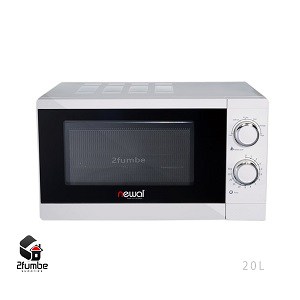
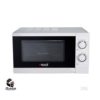
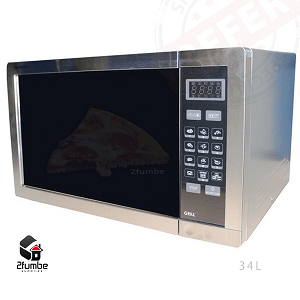
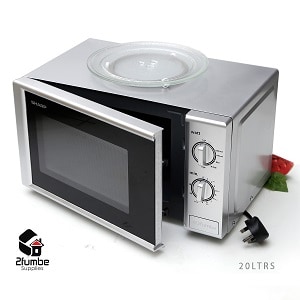
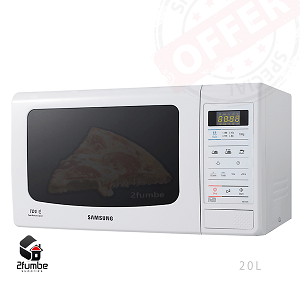

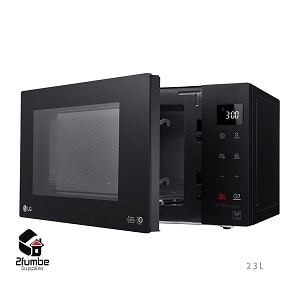
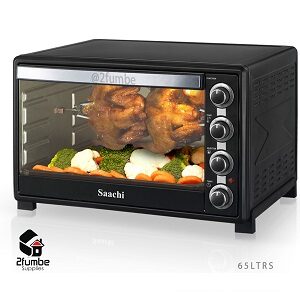
Reviews
There are no reviews yet.